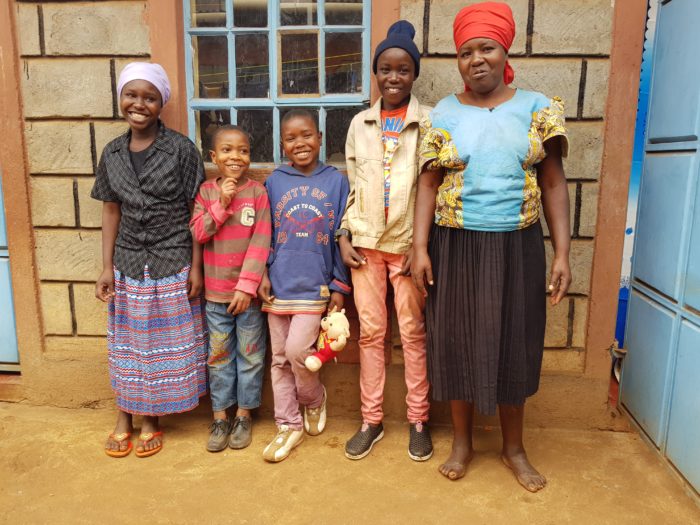Why families are at the heart of achieving the Sustainable Development Goals
What do you think is missing in the Sustainable Development Goals? What would be your 18th goal, if you could add one to the list? These are some of the questions we ask students in our workshops on the Sustainable Development Goals (SDGs) as part of the World’s Largest Lesson. Among the many ideas put forward by students is one that goes right to the heart of Stahili’s work: families.

The Sustainable Development Goals are a set of global targets to stimulate action for humanity and the planet. One of the core aims of the Goals for the year 2030 is “to provide children and youth with a nurturing environment for the full realisation of their rights and capabilities…including through safe schools and cohesive communities and families.”
Although strengthening families is not one of the 17 global goals, families are a crosscutting issue that impacts most, if not all, SDGs. Families are central to Stahili’s work in Kenya in response to the institutionalisation of children which has led to the denial of basic rights, including the right to family and the right to education, among others.
Stahili reunites children living in institutions, sometimes called orphanages, with families and provides family-based support. Our work bringing children home was recently featured on CNN. Through our work, we have put families at the forefront of making the SDGs a reality in the communities in which we work.
Ending poverty is the first goal. At Stahili, we have seen the effects of poverty on children and communities. Poverty severely weakens the ability of communities to achieve many of the targets in the SDGs. Stahili’s team assists parents and guardians to improve their own skills to achieve more sustainable livelihoods (Goal 8), especially for women who are often the sole or principal heads of households (Goal 5). Alleviating poverty is not about charity but about enabling families to live independent lives. Families are also supported with access to health services (Goal 3) and improvements in housing (Goal 11).
Education is at the heart of Stahili’s work. It is why our logo is a knapsack. Some of the children in our programme were formerly living in orphanages and did not always attend school. This was especially so when foreign volunteers would arrive. Today, all of the children and young people in Stahili’s programme attend school or university (Goal 4), significantly increasing their future life chances and helping to reduce inequalities in a country where up to one million children do not attend school (Goal 10). Some of our students have completed college and have gone on to live full, happy, and independent lives thanks to the support of family.
Families need an additional helping hand at times of emergency. The recent drought in Kenya has meant that families are not producing as much food as they normally would on their land. The problem is compounded by an increase in food prices. This year, some families have needed extra support in the form of additional food (Goal 2). Children do not learn well on hungry stomachs.
Communities also lie at the heart of our work. Stahili works with parent and guardian groups to make sure that decisions are made locally for the benefit of the community (Goal 11). To that end, all of Stahili’s programmes are designed in consultation with children as well as community members and leaders.
Our chances of achieving a more peaceful and sustainable world will grow if we can ensure sustainable families for all, and give every child the best start in life. That is why Stahili places “supporting families” at the heart of achieving the SDGs.
Please consider supporting our work in Kenya to bring children home from orphanages by making a donation or contacting us at info@stahili.org.